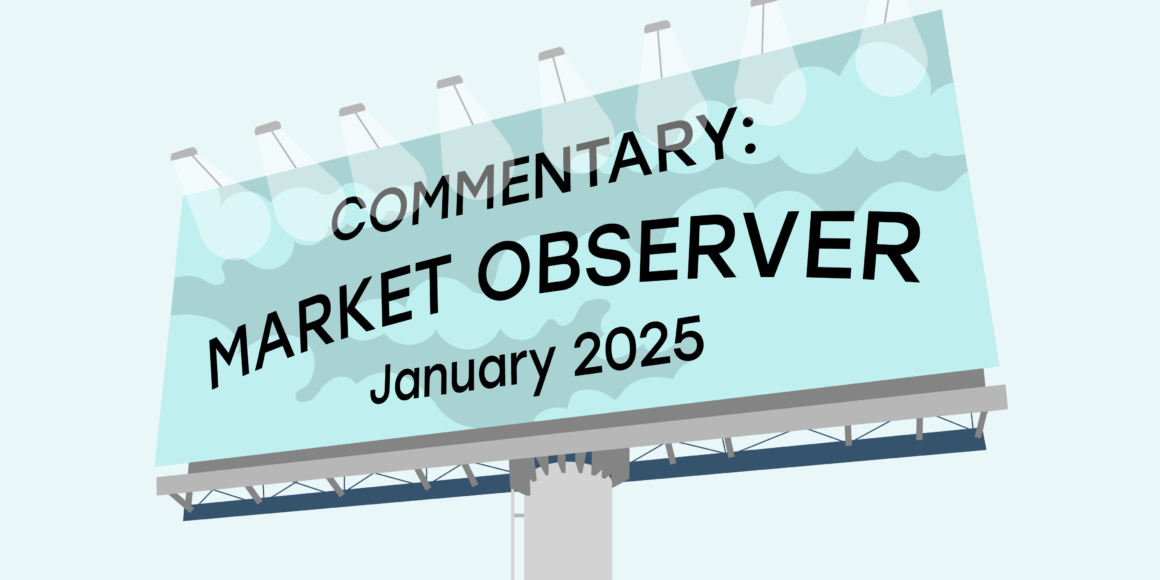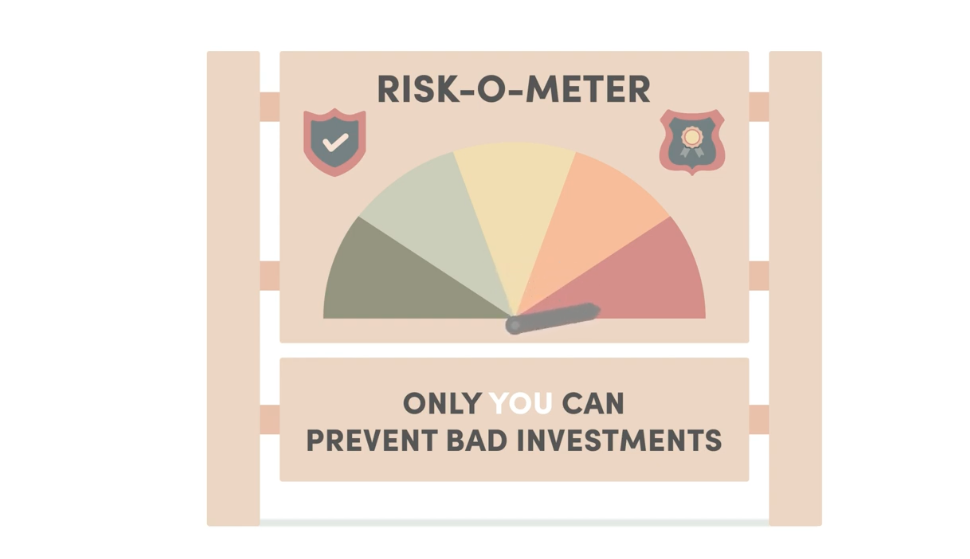Corporate bonds saw tighter spreads in the fourth quarter of 2024 while the spread between U.S. and Canadian government bond yields widened – and investors remained eager to take on risk, seemingly unaware of the potential credit stress lying just below the surface.
Those were some of the key takeaways the experts at Canso Investment Counsel detailed in their January 2025 Canso Corporate Bond Newsletter.
Here’s a snapshot of the highlights:
Canadian investment grade and high yield bonds
Canadian investment grade spreads tightened 18 bps in the fourth quarter and 37 bps for the full year. This market also closed the gap with the U.S. with relative spread outperformance, but “despite this, the dislocation between the markets continues to endure with the Canadian market offering better relative value on the surface,” Canso said.
Investors increasingly added credit risk in pursuit of the additional yield on offer in lower quality BBB-rated opportunities.
Over the past decade, investors have generally demanded 2% to 3% in additional compensation over a Canada bond to hold a long dated BBB rated issue, Canso wrote.
This relationship broke down in the fourth quarter. As an example, Canso says, investors are now happy to receive well less than 200 bps of additional yield to hold an unsecured 2044 maturity Enbridge Inc. bond – not exactly screaming value in our estimation.
U.S. high yield bonds
Demand for credit risk also extended into the more speculative ends of credit markets, as high yield credit spreads continued to move tighter during the final quarter of 2024.
“For the year, spreads were 53 bps tighter in 2024, which comfortably outperformed high quality corporates in the U.S. High yield spreads have now pushed through previous cycle tights to levels not seen since 2006 with investors willing to accept less and less compensation for the credit risk,” Canso writes.
Tighter credit spreads resulted in lower borrowing costs for most issuers, leading to more than US$280 billion being placed in the U.S. high yield market – more than the combined annual totals in 2023 and 2022 (but a modest figure relative to the unprecedented amount of issuance during the pandemic-era).
Refinancing activity accounted for 70% of the new issue volumes in the U.S. high yield market, according to data from PitchBook Data, Inc., Canso notes, adding that “this was even more pronounced in the leveraged loan market where repricing and refinancing activity led to historic gross issuance levels for loans in 2024.”
Widening Canada-U.S. government bond spreads
The experts at Canso point to the widening spread between U.S. and Canadian government bond yields as one of the key surprises of the quarter, noting that “long-term bond yields have also risen in Canada, but they have not kept up with the move stateside.”
The yield on the 30-year U.S. Treasury bond now sits at 4.8% versus 3.4% for its Canadian counterpart – and the 1.4% difference, or 140 bps, is “historically wide.” While the U.S. long bond yield had traditionally always been lower than in Canada, for the past 28 years, the inverse has largely been true, Canso says.
“Might this be due to Canada having a higher credit quality? A more robust economy? A firmer control on inflation? Our response to these points would be ‘unlikely,’ Canso writes.
“In our view, this Canadian premium (or discount depending on how you view it) is not based on fundamentals. If the Canadian economy experiences further weakness, we believe there is underappreciated risk to long Canada yields, especially relative to U.S. levels.”
The risk of taking on risk
For 2024 as whole, high yield investors “enjoyed returns that pushed steadily higher through the year (amid) tighter spreads .. (that) also offset the negative impact of higher government bond yields.”
“Despite poor fourth quarter performance for U.S. bond markets, all indices ended the year up versus 2023. Equity and corporate credit carried its momentum with investors accepting increasingly expensive valuations. The risk of missing out on enduring strong performance kept cash flowing into the riskiest asset classes.”
It will prove difficult to get similar results in 2025, especially without pushing further down the credit curve into lower quality issues, Canso says.
“We believe that reaching for yield is always dangerous and that at current valuations, investors should be focused on a discriminate approach to ensure compensation for credit risk,” the commentary says.
“We are not confident that will be the case.”
LMEs and credit stress
The portfolio managers at Canso point to the continuing rise in liability management exercises (LMEs) by companies “long before issuers’ backs are up against the wall.”
“Companies experiencing difficulties or that have debt trading at a discount to par are reacting opportunistically and at the expense of existing lenders,” Canso writes.
It’s a trend that suggests “credit stress below the surface and more importantly is the result of weak deal underwriting.”
“We are steadfast in our belief that it is as important as ever to understand the risks on which you are lending. At current valuations, the upside is likely your running yield and the potential for very modest additional spread compression. The downside, on the other hand, is significant. In this market environment, outside of special situations, we will continue to favour quality and liquidity until paid for the risks.”
For a deeper dive into the corporate bond market, read the full analysis in the January 2025 Canso Corporate Bond Newsletter – and keep an eye out for a recap of the latest developments in the upcoming Canso Market Observer and Corporate Newsletters, coming in April.
To learn more about the overall state of the market, check out the January 2025 Canso Market Observer.
DISCLAIMER: The views and information expressed in this publication are for informational purposes only. Information in this publication is not intended to constitute legal, tax, securities or investment advice and is made available on an “as is” basis. Information in this presentation is subject to change without notice and Canso Investment Counsel Ltd. does not assume any duty to update any information herein. Certain information in this publication has been derived or obtained from sources believed to be trustworthy and/or reliable. Canso Investment Counsel Ltd. does not assume responsibility for the accuracy, currency, reliability or correctness of any such information.





